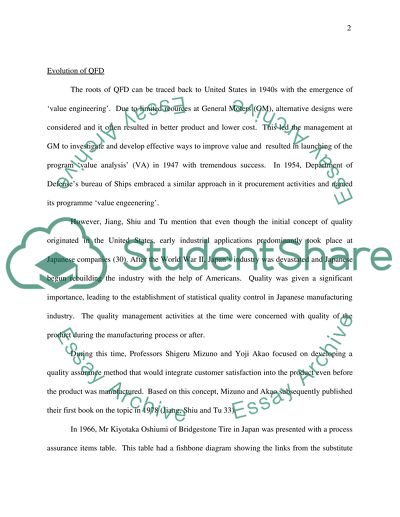Cite this document
(“Quality Function Deployment Essay Example | Topics and Well Written Essays - 2500 words”, n.d.)
Retrieved from https://studentshare.org/miscellaneous/1501566-quality-function-deployment
Retrieved from https://studentshare.org/miscellaneous/1501566-quality-function-deployment
(Quality Function Deployment Essay Example | Topics and Well Written Essays - 2500 Words)
https://studentshare.org/miscellaneous/1501566-quality-function-deployment.
https://studentshare.org/miscellaneous/1501566-quality-function-deployment.
“Quality Function Deployment Essay Example | Topics and Well Written Essays - 2500 Words”, n.d. https://studentshare.org/miscellaneous/1501566-quality-function-deployment.


